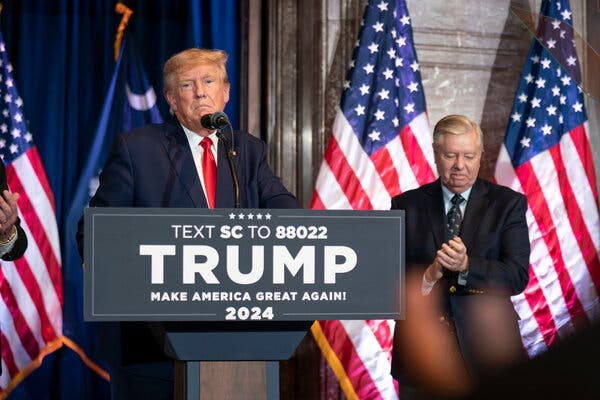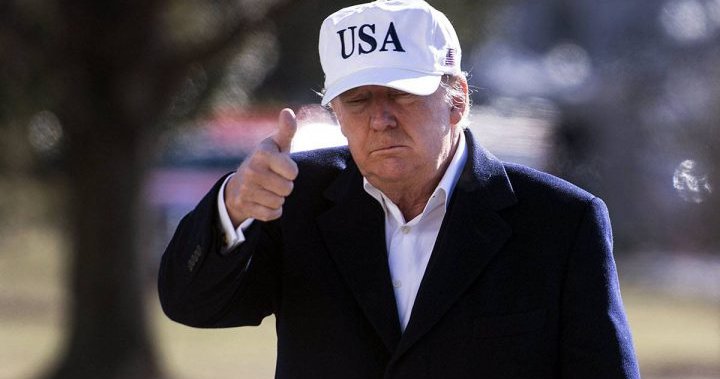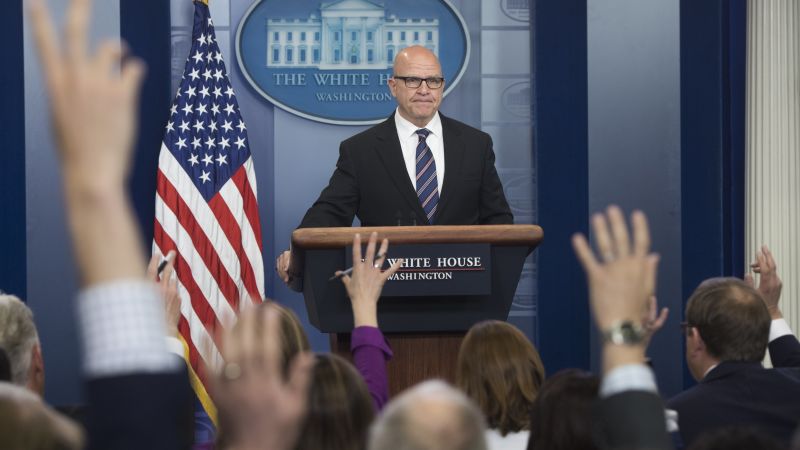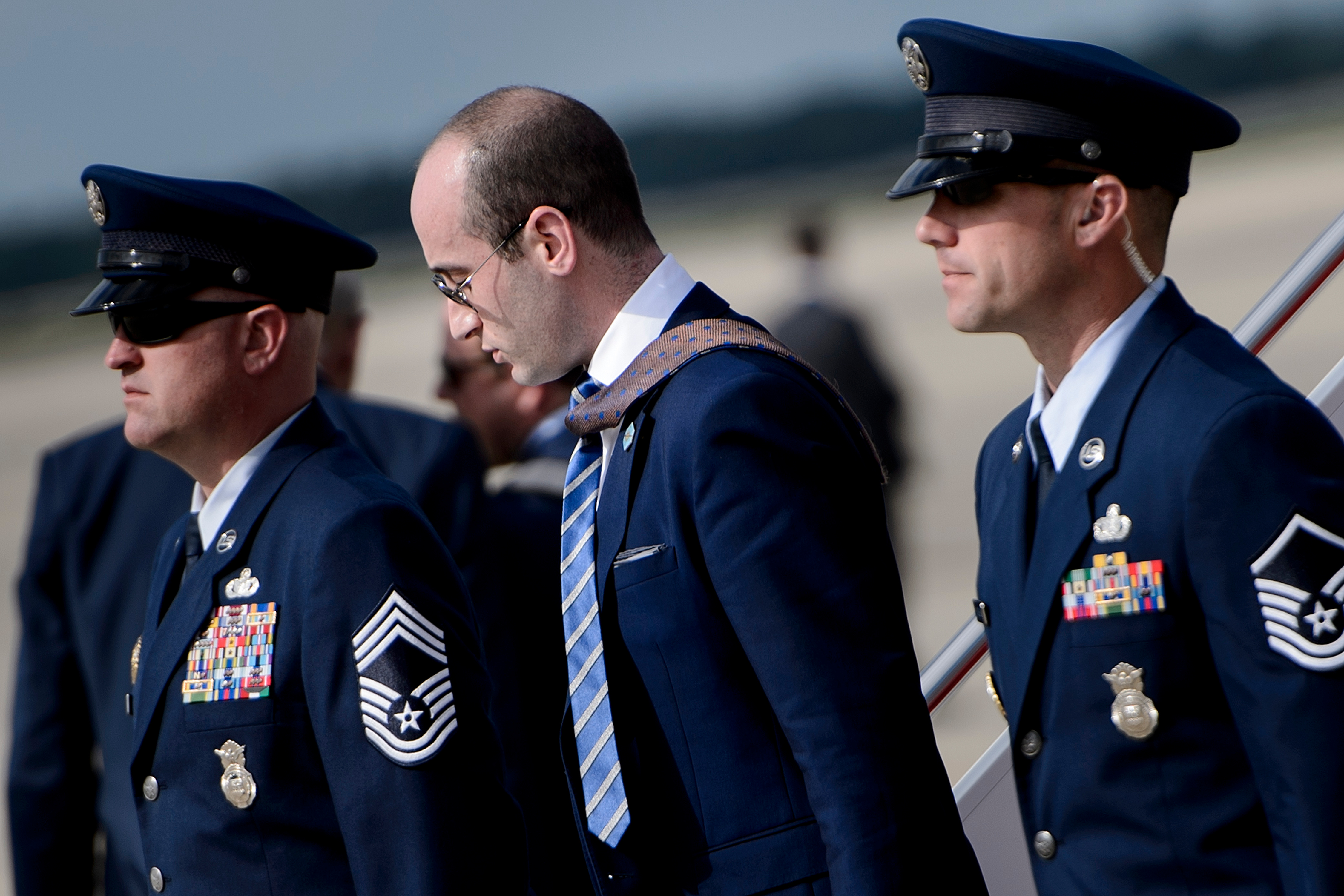The Trump Presidency And Aerospace: An Examination Of Key Agreements

Table of Contents
Increased Defense Spending and its Impact on Aerospace Contractors
The Trump administration oversaw a significant increase in defense spending, directly benefiting major aerospace contractors like Boeing and Lockheed Martin. This surge in funding translated into substantial contract awards, impacting job creation, technological advancements, and the overall trajectory of the industry.
Budget Allocations and Contract Awards
The increased defense budget resulted in a flurry of contract awards for numerous military aerospace projects. This included:
- Increased F-35 Lightning II production: Massive contracts were awarded for the continued development and production of the F-35 Joint Strike Fighter, bolstering Lockheed Martin's position in the fighter jet market.
- Investments in missile defense systems: Significant funding fueled the development and deployment of advanced missile defense systems, benefiting contractors involved in their production and maintenance.
- Modernization of existing military aircraft: Contracts were awarded for the upgrading and modernization of existing fleets of aircraft, ensuring the continued operational capability of these assets.
- Expansion of space-based defense systems: The growth in military space capabilities under the Trump administration led to contracts focused on advanced satellite technology and space-based defense systems.
This increased spending led to significant job growth within the aerospace sector, stimulating innovation and technological advancement in areas like stealth technology, advanced materials, and propulsion systems. However, concerns were also raised regarding the potential for cost overruns and the efficient allocation of resources.
Focus on Military Space Capabilities and the Creation of the Space Force
A landmark achievement of the Trump administration was the establishment of the United States Space Force, a separate branch of the armed forces dedicated to space-based operations. This had a profound impact on aerospace technology development and procurement.
- Focus on space-based situational awareness: The Space Force prioritized enhancing the nation's ability to monitor and understand activities in space, leading to increased investment in advanced satellite technology.
- Development of space-based weaponry: Research and development into space-based weaponry, while controversial, received significant attention, impacting the types of aerospace technologies being developed and procured.
- Increased private sector involvement: The Space Force actively sought to foster partnerships with the private sector, encouraging innovation and competition in space-related technologies.
The creation of the Space Force signaled a significant shift towards recognizing space as a critical domain of warfare and spurred considerable investment in aerospace technologies relevant to military space operations. This shift has had ongoing implications for the balance between government and private sector roles in space.
International Agreements and Trade Relations Affecting Aerospace
The Trump administration's trade policies, characterized by tariffs and trade disputes, significantly impacted international aerospace collaborations and supply chains. Simultaneously, the administration engaged in certain bilateral agreements impacting international space cooperation.
Trade Disputes and their Effects on Global Aerospace Collaboration
The imposition of tariffs on imported goods, particularly from China and the European Union, disrupted established aerospace supply chains.
- Tariffs on aluminum and steel: These tariffs impacted the cost of aerospace components, leading to increased production costs for aerospace manufacturers.
- Trade disputes affecting aircraft parts: Trade tensions led to uncertainty and delays in the delivery of aerospace parts, impacting production schedules and potentially delaying project timelines.
- Impact on international collaborations: Trade disputes created friction and uncertainty, potentially hindering future international collaborations on aerospace projects.
The long-term consequences of these trade disputes remain to be seen, but they undoubtedly created instability and uncertainty within the global aerospace industry.
Bilateral Agreements and International Space Cooperation
While trade relations were strained in some areas, the Trump administration also engaged in specific bilateral agreements related to space exploration. These collaborations often involved technology sharing and joint research initiatives. Although specific details regarding new agreements were limited compared to previous administrations, existing cooperation with partners continued.
- Continued Artemis Accords: The Artemis Accords, focused on principles for responsible space exploration, continued to gain support under the Trump administration.
- Collaboration with existing partners: Existing cooperation with countries like Japan and Europe in various space projects continued under the Trump administration, though the tone and focus may have shifted.
The impact on international space exploration and technology sharing was largely a continuation of existing efforts with an emphasis on the strategic importance of space and the need for responsible space exploration.
Commercial Space Exploration and Deregulation
The Trump administration pursued policies aimed at fostering the growth of the commercial space industry, primarily through deregulation and supportive initiatives for private space companies.
Policy Changes and their Impact on the Commercial Space Industry
A key aspect of the administration's approach was a focus on deregulation to ease the burden on private space companies.
- Reduced regulatory hurdles: Efforts were made to streamline regulatory processes, making it easier for private companies to launch rockets and deploy satellites.
- Support for private spaceports: Initiatives aimed at facilitating the development and operation of private spaceports provided crucial infrastructure for the commercial space industry.
- Encouragement of competition: The administration generally favored a competitive market environment, believing competition would drive innovation and efficiency within the commercial space sector.
These changes had a positive impact on innovation and investment, boosting the overall growth of the commercial space industry.
NASA's Role and Funding under the Trump Administration
NASA continued to play a central role in space exploration, even amidst the growing commercial space sector. The Trump administration's support for NASA focused on specific initiatives.
- Continued funding for the Artemis program: The Artemis program, aimed at returning humans to the Moon and eventually Mars, received significant funding, highlighting the administration's commitment to human space exploration.
- Focus on commercial partnerships: NASA actively sought partnerships with private companies to leverage their expertise and resources in space exploration, leading to cost-effective solutions for certain missions.
- Emphasis on space-based science and research: Despite the focus on human space exploration, NASA continued to conduct significant scientific research and observation missions, utilizing space-based technologies.
NASA's actions during this time influenced both governmental and private efforts in space exploration, encouraging collaboration and fostering a dynamic environment for innovation.
Conclusion
The Trump presidency's impact on the aerospace industry was multifaceted. Increased defense spending fueled growth among major contractors like Boeing and Lockheed Martin, while the creation of the Space Force reshaped military space capabilities. Trade policies influenced global aerospace collaborations, and deregulation spurred growth in the commercial space sector. NASA continued its exploration efforts, collaborating increasingly with private companies. Understanding the long-term consequences of these policies is essential for navigating the future trajectory of this vital sector. Further research into the complexities of the Trump Presidency and Aerospace is crucial for a deeper understanding of this transformative period. Continue exploring the Trump Presidency and Aerospace to gain a complete perspective on this dynamic era.

Featured Posts
-
 Wilders Condemns Early Prison Release Plan To Alleviate Overcrowding
May 18, 2025
Wilders Condemns Early Prison Release Plan To Alleviate Overcrowding
May 18, 2025 -
 The Carrie Underwood Taylor Swift Rift Uncovering The Hidden Details
May 18, 2025
The Carrie Underwood Taylor Swift Rift Uncovering The Hidden Details
May 18, 2025 -
 Hong Kong Dining Roucous Cheese Omakase Worth The Hype
May 18, 2025
Hong Kong Dining Roucous Cheese Omakase Worth The Hype
May 18, 2025 -
 Financial Strain On Universities Exploring The Consequences Of Funding Cuts
May 18, 2025
Financial Strain On Universities Exploring The Consequences Of Funding Cuts
May 18, 2025 -
 Bowen Yangs Argument For Cursing On Snl A Necessary Evolution
May 18, 2025
Bowen Yangs Argument For Cursing On Snl A Necessary Evolution
May 18, 2025
Latest Posts
-
 Stephen Miller A Contentious Figure Considered For Top Security Post
May 18, 2025
Stephen Miller A Contentious Figure Considered For Top Security Post
May 18, 2025 -
 The Trump Administration And Stephen Millers Possible Nsa Role
May 18, 2025
The Trump Administration And Stephen Millers Possible Nsa Role
May 18, 2025 -
 Is Stephen Miller The Right Choice For A National Security Position
May 18, 2025
Is Stephen Miller The Right Choice For A National Security Position
May 18, 2025 -
 Stephen Millers Potential Appointment As National Security Advisor
May 18, 2025
Stephen Millers Potential Appointment As National Security Advisor
May 18, 2025 -
 Get Ready Jersey Mikes Subs Is Coming To Galesburg
May 18, 2025
Get Ready Jersey Mikes Subs Is Coming To Galesburg
May 18, 2025
